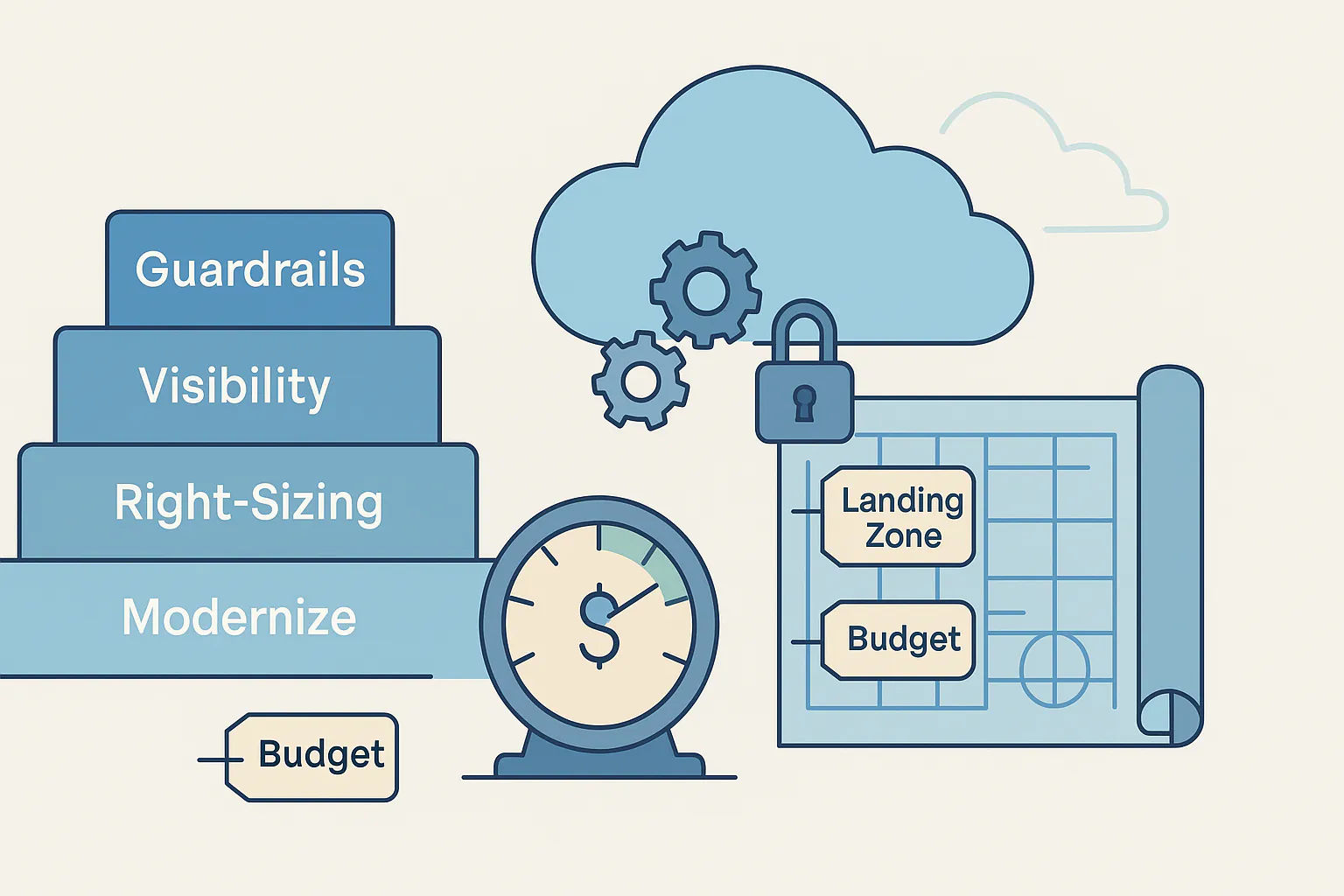How GEP Builds Resilient Apps on Azure Kubernetes
Key Takeaways
- Build to bounce back: cloud-native patterns on Azure (small services, health checks, rolling updates) keep apps online during change and disruption.
- Ship small, ship often: breaking work into bite-size releases boosts agility so features and fixes reach users faster without big-bang risk.
- Move in waves, measure gains: start with the highest-impact services, migrate incrementally, and track uptime, deployment frequency, and recovery time to prove value.

Discover how GEP, a global procurement and supply chain management leader, maintains unwavering reliability and agility through Microsoft Azure's cloud-native applications. Learn how you can stay ahead in the face of challenges with resilient technology solutions.
In the dynamic world of procurement and supply chain management, reliability is non-negotiable. When external disasters strike or failures occur, businesses like GEP need to ensure that their customer applications remain operational, no matter the circumstances. This is where the power of Microsoft Azure's cloud-native applications comes into play. In this blog post, we unravel the success story of GEP, a global leader in its field, and how Azure's technology has empowered them to maintain a perfect balance between resiliency and agility.
Crafting Resilience in Uncertain Times
Imagine a scenario where disruptions are the norm, rather than the exception. GEP operates in a realm where the unexpected can occur at any time. To address this challenge, they turned to Microsoft Azure's cloud-native applications. By leveraging the capabilities of Azure Kubernetes, GEP ensures that their critical systems are shielded from external shocks, allowing their customer applications to remain up and running when it matters most.
Built on Trust: The Azure Advantage
Trust is the cornerstone of business success. GEP trusts Azure's cloud-native applications to provide the highest level of reliability. In a world where downtime translates to revenue loss and reputation damage, GEP's decision to build their system on Azure is a testament to the platform's unwavering capabilities. With Azure as their foundation, GEP can focus on serving their customers without worrying about technology hiccups.
Resilience Meets Agility
In the modern business landscape, resilience isn't enough; agility is equally important. Cloud-native applications offer the perfect balance between these two essential qualities. GEP's adoption of Azure's technology ensures that while their systems remain resilient in the face of challenges, they also have the flexibility to adapt to changing business needs with minimal disruptions.
Staying Ahead through Thick and Thin
In the competitive world of procurement and supply chain management, staying ahead requires a combination of vision and technology prowess. GEP's partnership with Azure exemplifies this spirit. By embracing cloud-native applications, they've fortified their operations to thrive in both calm and turbulent waters. It's a blueprint that businesses across industries can learn from and implement to ensure their own resilience and success.




